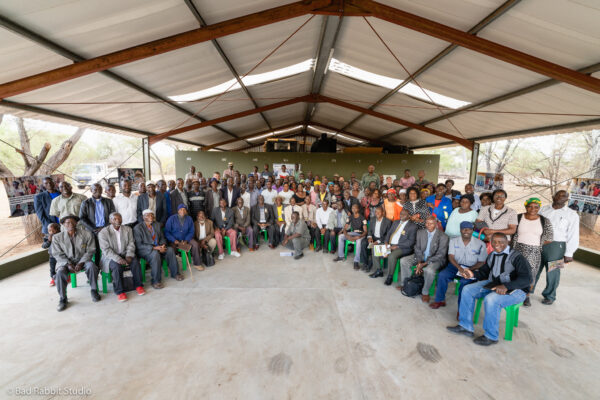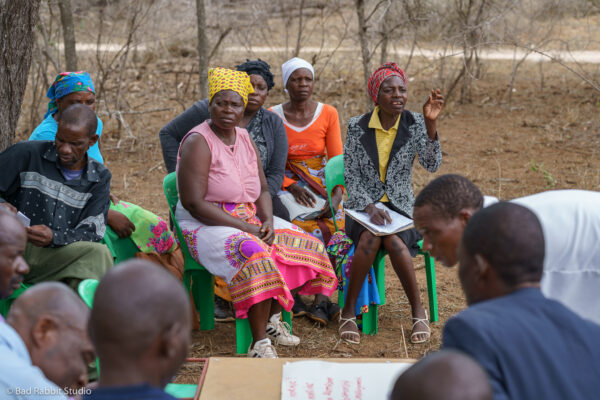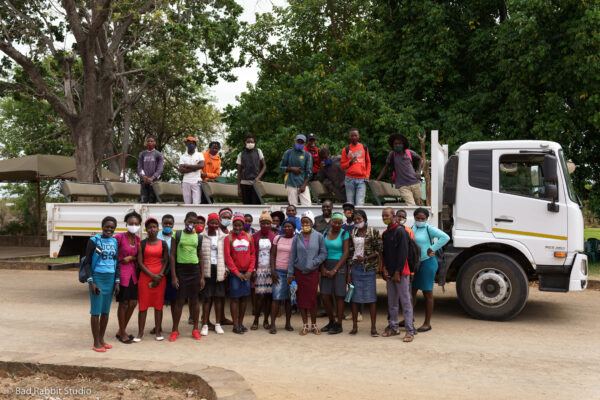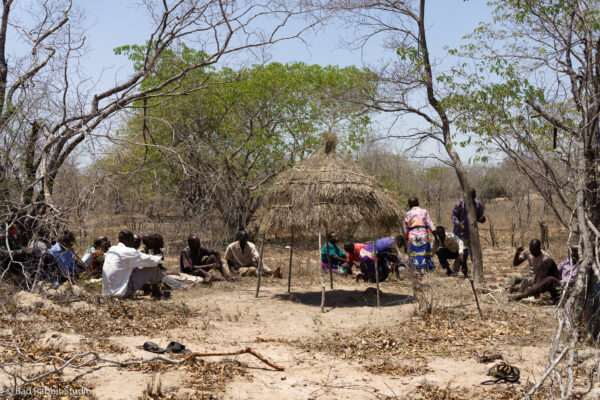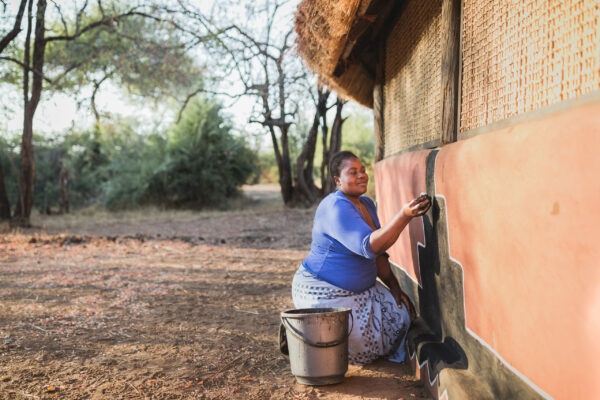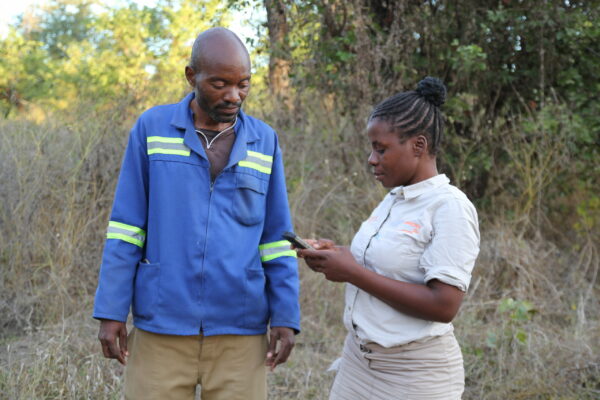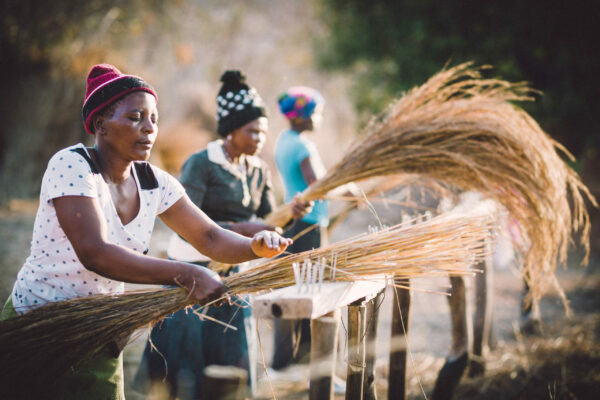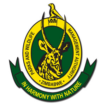Gonarezhou Conservation Trust recognises the critical role played by communities adjacent to the park as supporters and custodians of biodiversity in and outside the park. We aim to empower our communities by positively engaging them as key partners in conservation and for improved social sustainability, development, and benefit of all Gonarezhou National Park stakeholders. One of our beliefs is that sustainable conservation is achievable through the support and active participation of local communities. Active participation by communities results in resource sharing and ownership, engendering pride, and developing empathy for conserving nature for future generations.
Recognizing communities as stewards of natural resources
Gonarezhou Conservation Trust recognises communities as the stewards of natural resources. The community programme is divided into four thematic pillars which are interlinked as community engagement, cultural and historical legacy, human-wildlife conflict and resilient livelihoods.

